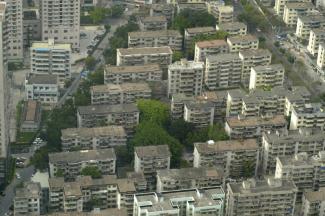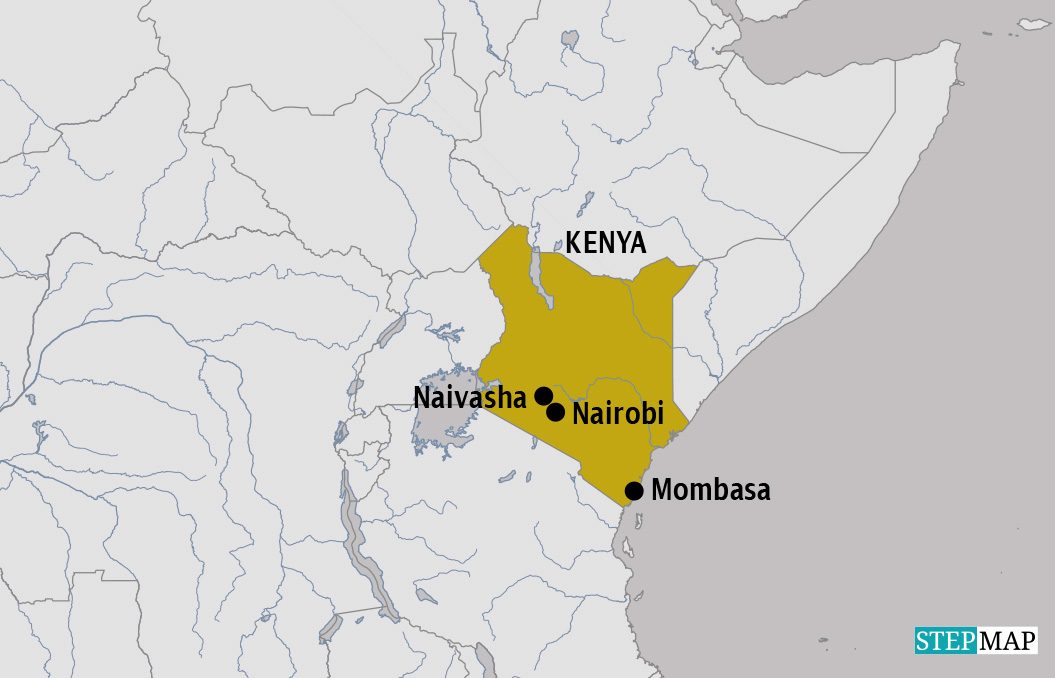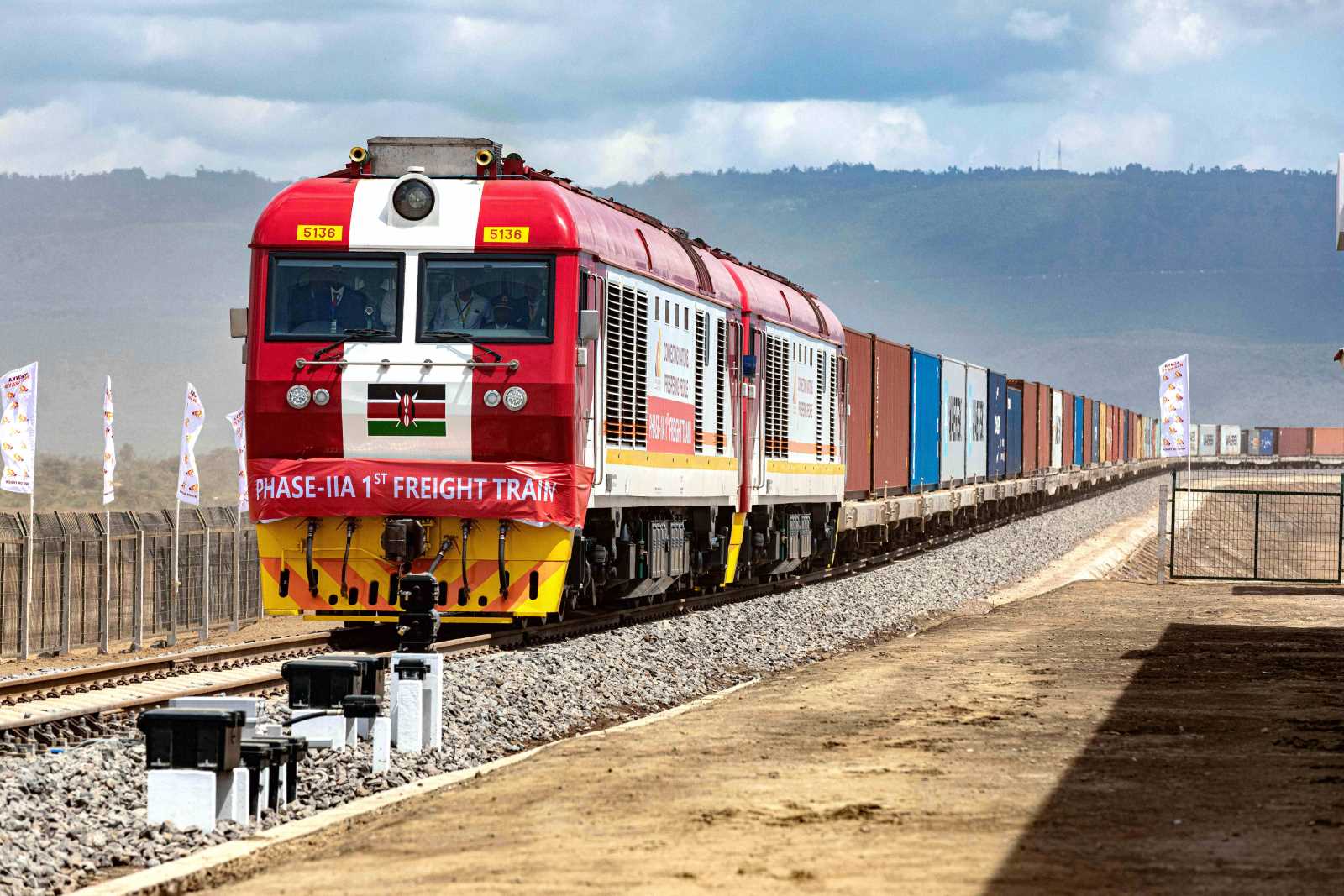Special economic zones
“Improve people’s lives”

Your work shows that the kind of export processing zones (EPZs) that drove industrial development in Asia in the 1980s and 1990s are not up-to-date any longer. Why is that so?
The typical EPZ in the 1980s and 90s was an enclave. It served employment generation and skills upgrading through export-oriented and labour-intensive manufacturing of a limited range of goods. The impact on the broader economy was limited as well. Since then, we have learned that it makes sense to build links with the domestic economy, so companies become part of global and regional production networks. Accordingly, it makes more sense to speak of special economic zones than just to focus on export processing. That kind of development must be supported by adequate institutions of course. On the other hand, enclaves tend to wither over time. The reason is that labour costs rise, so they lose their main competitive advantage. It has also become evident that governance and institutions are critical to the success of SEZs. Rent-seeking must be prevented. At the same time, an SEZ’s authorities must have adequate powers to serve investors through “single window” facilities. The most important thing, however, is that an SEZ is an economic experiment. It must be linked to a country’s development strategy and industrial policy. This was done with great success in South Korea and Taipei, China, for example.
Why were SEZs so important?
SEZs were established to accelerate development by creating an efficient business environment and encouraging foreign direct investment (FDI). They attract businesses through cost advantages and preferential treatment, and they foster skills development and technology transfer, particularly from foreign firms. Successful SEZs, moreover, source goods and services from domestic companies, and they sell to them as well. They thus contribute to transforming the national economy as a whole. It moves on from being a labour-intensive economy to a skills- and technology-intensive one. Moreover, SEZs have also been successful test beds for economic reforms. Shenzhen, the first and largest SEZ in the People’s Republic of China, was the pioneer that led the way for opening up the economy after 1978.
Was Shenzhen a particularly well-designed SEZ?
Yes, it was – and still is. Shenzhen has become quite big and quite prosperous. It has more than 10 million people and recorded a per-capita GDP of some $ 22,000 in 2013. Migrants from all over China want to move there. The People’s Republic of China has used SEZs very effectively to achieve higher economic productivity and structural transformation. Shenzhen was one of the four initial zones that served to test market-oriented reforms in regard to laws, regulations, taxation, land, labour, finance, customs, immigration and other things. What proved successful was then gradually rolled out throughout the nation in diversified forms. Some zones served sophisticated agendas, such as fostering high-tech industrial parks. Shenzhen is now a centre of high-tech industry and maritime transport services.
Many critics in Europe say that SEZs really only allow companies to exploit workers without regard for social and other rights. What do they miss?
Over the years, positive effects of SEZ have indeed been observed in many countries. They concern female work, in particular. Their families benefit. Results include higher incomes, food security, health-care coverage, enhanced social status and a reduction of sex work. Fewer women, moreover, are exploited as household helpers. To achieve these things, SEZ governance matters very much. An independent SEZ governing body can enforce an appropriate legal framework, monitoring grievances and balancing the rights of investors and workers. Experience tells us that an SEZ’s sustainable success hinges upon fair labour practices. And that is not surprising. Good working and living conditions contribute to boosting productivity, after all.
What kind of special economic zones are needed today?
With the rapid advancement of service industries in developing countries, more and more SEZs will have to cater to this trend. In China, for example, the Shanghai Pilot Free Trade Zone was established in 2013. It aims to promote growth through liberalised capital-account transactions and faster trade clearance. So far, the effect has been positive. Inflows and outflows of capital have increased, and the price spread between the renminbi’s onshore and offshore exchange rates is closing. South Korea is another example. The country is setting up “regulation-free zones” across the country to build hubs of industries that are considered future growth engines. Relevant buzzwords are smart devices, the internet of things, drones or bio health, for example.
But aren’t SEZs basically self-contained entities?
No, they shouldn’t be. Actually, they matter very much – and increasingly so – in terms of urban development. It is well understood that we need smart cities that make best use of high technology to improve living standards and reduce environmental damage. High-tech, knowledge-based SEZs can contribute to make that happen. They must be linked to e-governance systems, centres for research and development, educational institutions et cetera. Governments should link long-term city development to SEZs. Malaysia is doing that. Iskandar Malaysia is an interesting example of addressing various aspects of urbanisation in a coherent SEZ-like manner. The goal is to make this business corridor in the Malaysian state of Johor more competitive in terms of infrastructure, governance, connectivity, mobility, housing, environment, health and education. Ultimately, the goal is to raise investments and improve people’s quality of life.
To what extent are SEZs geared to exporting?
The function of zones depends on a country’s level of development. More traditional EPZs mostly located in less developed economies are heavily geared toward exports, while the SEZs of more advanced economies tend to emphasise structural reform. Japan launched its National Strategic Special Zones in 2013, with the aim of “boosting the international competitiveness of industry and promoting the creation of centres of international economic activities by giving priority to advancing structural reform of the economic system”.
What does the future hold?
More SEZs should aim for the formation of industrial clusters, both within national borders and across them. One example is the Netherlands’ Brainport Eindhoven Region, the industrial high-tech heart of the Netherlands. It covers Eindhoven and 20 surrounding municipalities. Its innovation system is based on collaboration between industry, knowledge institutes and government. Public-private partnerships are common, and multidisciplinary approaches are taken. Close proximity, low barriers and high trust help to drive innovation.
Jong Woo Kang is a principal economist with the Asian Development Bank. He was research director for the Bank’s Asian Economic Integration Report 2015, which included a separate section on special economic zones (SEZs).
jkang@adb.org
Link
Asian Economic Integration Report 2015:
https://aric.adb.org/aeir











